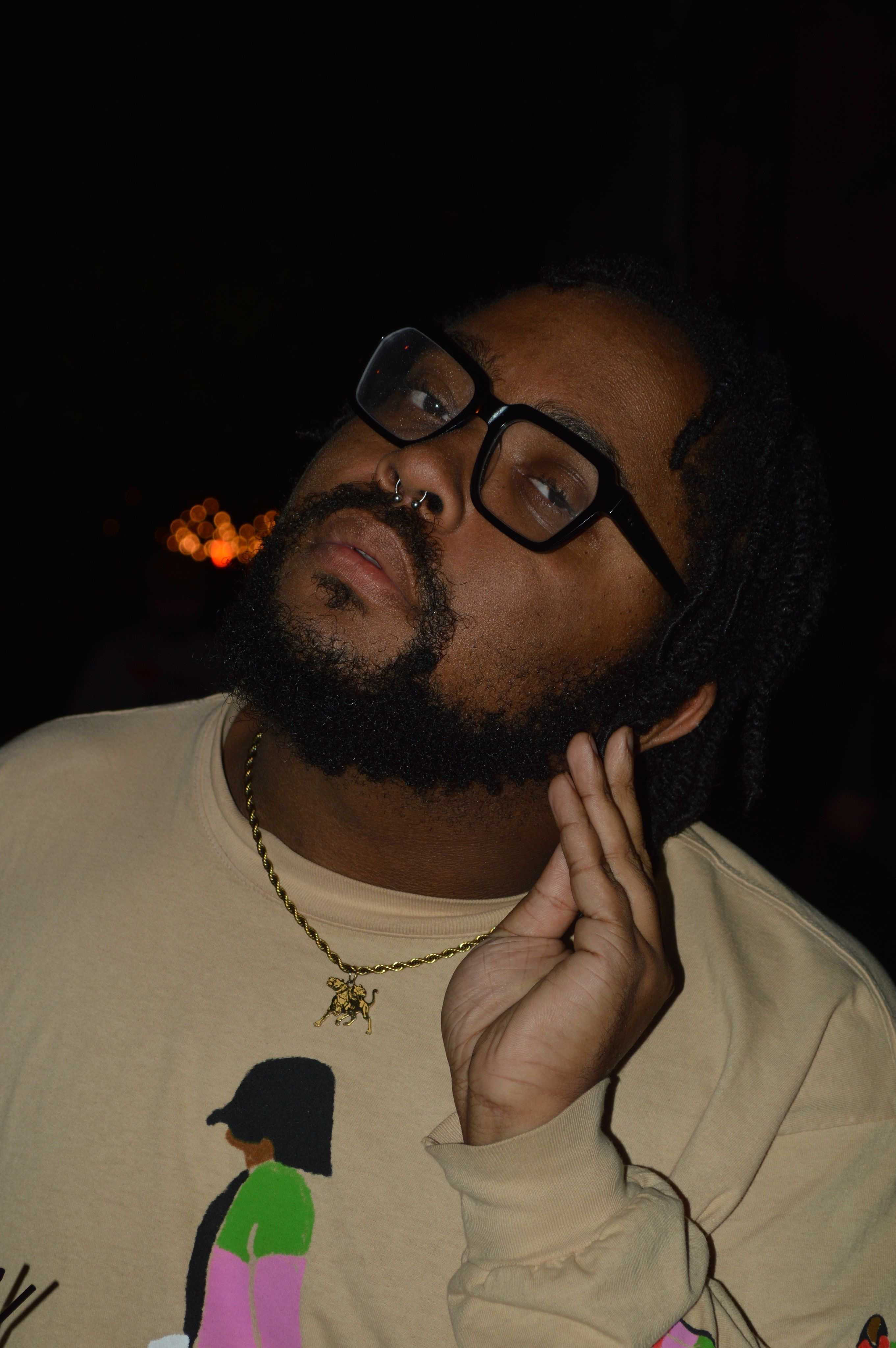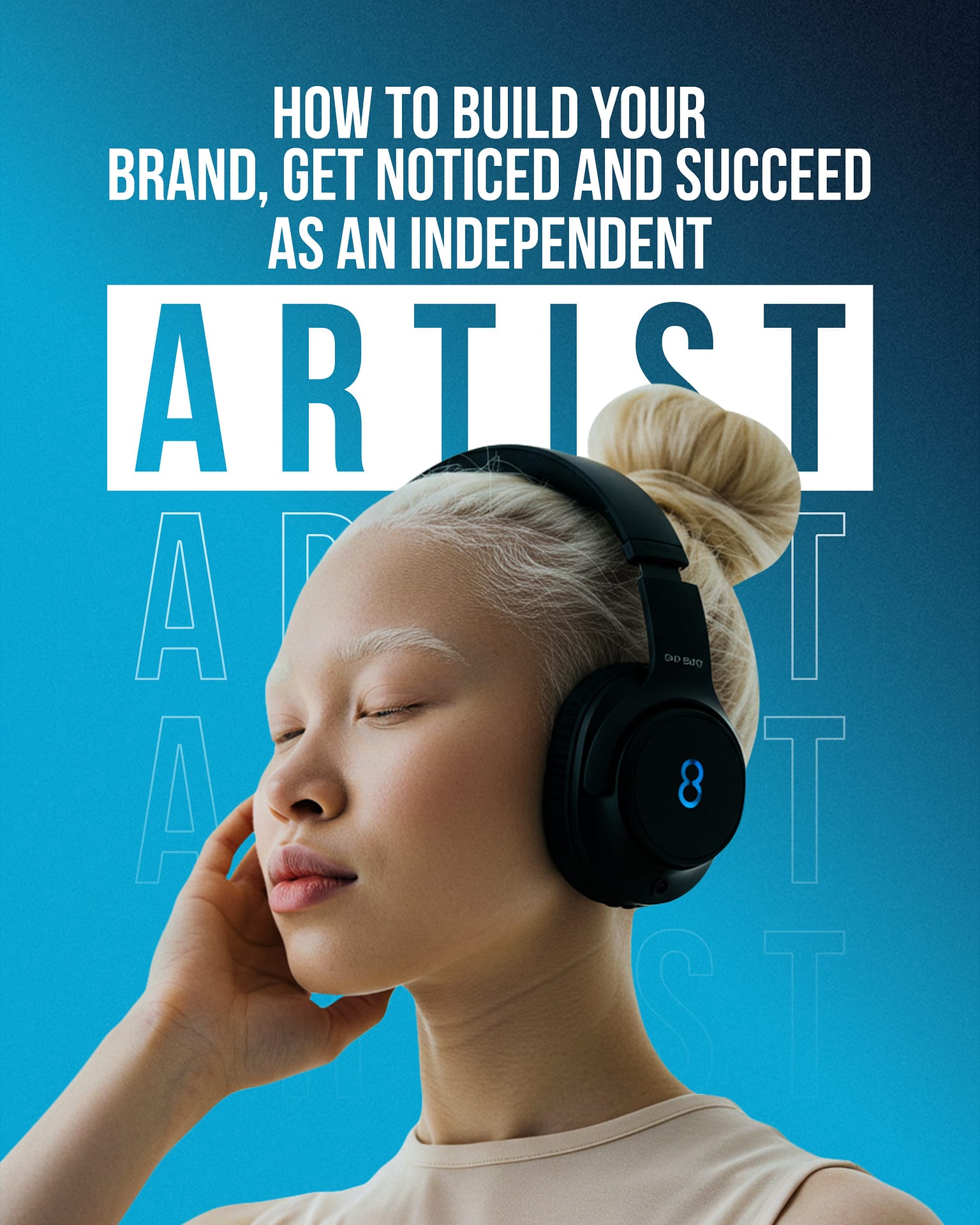A Multidimensional Artist Milo Kobayashi Rewriting the Hip-Hop Narrative.
Milo Kobayashi‘s music is hard to put into a single category because it mixes styles and influences in a way that is both new and interesting.
This rapper, singer, and artist was born in Osaka, Japan, and grew up in North Augusta, SC. His hip-hop music shows both of his cultures.
Tracks pulse with the accuracy of a Swiss watch, but breaks out into free-form, wild sections.
His musical background is a complicated mix of many styles, including the rough energy of hardcore rap, the story-driven depth of modern hip-hop, and a creative vision shaped by artists like Childish Gambino, Kid Cudi, and Tyler. This is a deep look at artistic identity from many angles.
Kobayashi is unique because he does not feel bad about expressing himself creatively. A lot of artists carefully walk the line between genre standards, but he does it with the confidence of a culture rebel.
Going to shows with extreme bands shows that he does not see musical limits as tight rules, but rather as ideas.
He is not scared to jump over walls. There have been collaborations with Billie Marchiafava’s strange sounds, the raw edge of punk bands like Kryptic and Backslide, and even the free beats of jam band Low Moves.
Live, he is amazing. His performances at Bonnaroo, Dreamcon, and The Masquerade—all big names—show that he is not a rookie. His strange charm has hooked an audience of 8.3K across all platforms, and it keeps growing.
There is no denying the mechanical skill. Working with MC Lars and MC Chris and performing at well-known conventions and events show that they are versatile in a way that goes beyond typical rap models.
But Kobayashi’s bigger goal as an artist is to make work that questions, shocks, and eventually connects people. Technical skill is just the framework for this.
His musical world is full of influences, from underground hip-hop to more creative soundscapes. Not only do the instruments and voices talk to each other in each track, but so do national stories and personal experiences.

The result is music that does not fit neatly into any one category. Instead, it paints a complicated picture of a modern artist crossing tricky creative terrains.
His work makes me think that the future of hip-hop is not in clear-cut categories, but in the areas where styles, identities, and aspirations meet.
By not accepting strict names like “alternate rap” or “internet rap,” he follows a larger trend among artists who value experimentation over custom.
His work breaks down walls between digital and traditional, like a cook mixing computer beats with real live instruments. He sets an example for others to accept hybridity without shame.
Is this the next big thing in hip-hop, or is it just the start of something bigger? What would happen if Beethoven had a Twitter account and a drum machine? He might have liked this kind of music.

